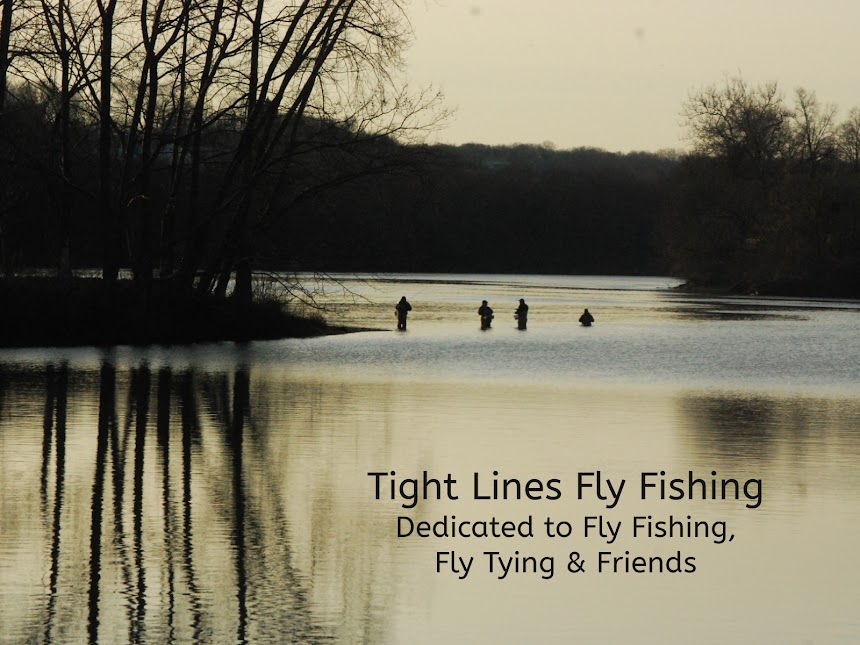Dirty Hipster Nymph
Hook: Ahrex FW555 or Jig
hook of choice Size #14
Bead: Mottled Brown Slotted Tungsten Bead or Bead of Choice.
Weight: (Optional) .015 lead free wire.
Tail: Brown Hen Feather Fibers.
Hot
Spot: Orange or Red Glow Brite Floss or Thread. Then coated with ‘Bone Dry’ UV Resin.
Thread: 140 Denier Thread in
Olive or Brown or Wood Duck.
Rib/Flash: Small Pearlescent Tinsel or Krystal Flash.
Body: Hare’s Ear Dubbing.
Legs: Rubber.
Legs.
Collar: Mix of Dark Antron & Hare’s Ear Dubbing.
The Dirty Hipster was originally tied by a gentleman named John Newbury. It is really a version of a Hare’s Ear Nymph on steroids. It has a ‘Hot Spot’, Flash, and rubber legs to help induce strikes. You can tie it with various colors of Hare’s Ear. It’s one of my favorite subsurface ‘Attractor/Searching’ patterns.
To tie this fly, debarb your hook, place your bead on it, and put the fly in the vice. Next, take a length of lead-free wire and make 10-12 touching wraps around the hook shank. Push it up against your bead. Start your thread behind the wire wraps to lock it in place. Cover your wraps with thread leaving your thread down near the bend. Tie in 3-4” of Floss. I like to put my hot spot just below the hook shank under where my tail will be placed. Once you create your hotspot, cut off the butt end of the floss and coat the ‘Hot Spot’ with UV Resin. I like to use ‘Bone Dry’ for this. Next, take 8-10 Brown Hen Fibers and tie it in for your tail. It should be approximately a hook gap in length. Next, tie in your Pearlescent Tinsel or Krystal Flash.
Now, create a thin Dubbing Noodle of Hare’s Ear, color of choice. Dub a thin body leaving a small space behind the bead for your Legs & Collar. Tie off your Dubbing Noodle and prepare 2 pieces of Rubber Legs for your nymph. They should be at least 2” in length. They will be trimmed when the fly is finished. Tie them in at the mid-point, behind the bead, on each side of the nymph. Adjust them so that they form a symmetrical X on the fly. Next, dub a small noodle of Dark Antron & Hare’s Ear Dubbing. With your noodle, take a wrap behind the legs, in the middle of the legs, and in front of the legs to form a dark collar. Whip-finish your fly behind the bead. Now trim your legs to form a symmetrical X. I trim the rear legs so that they are in line with the length of the tail. The front legs should be trimmed so that they are slightly shorter. Your fly is finished.
Below is a video from The Fly Smith/ties flies on how to tie the Dirty Hipster:
If you have any questions about this fly or would like to submit a Fly of The Month I can be reached at pdinice@frontier.com .














